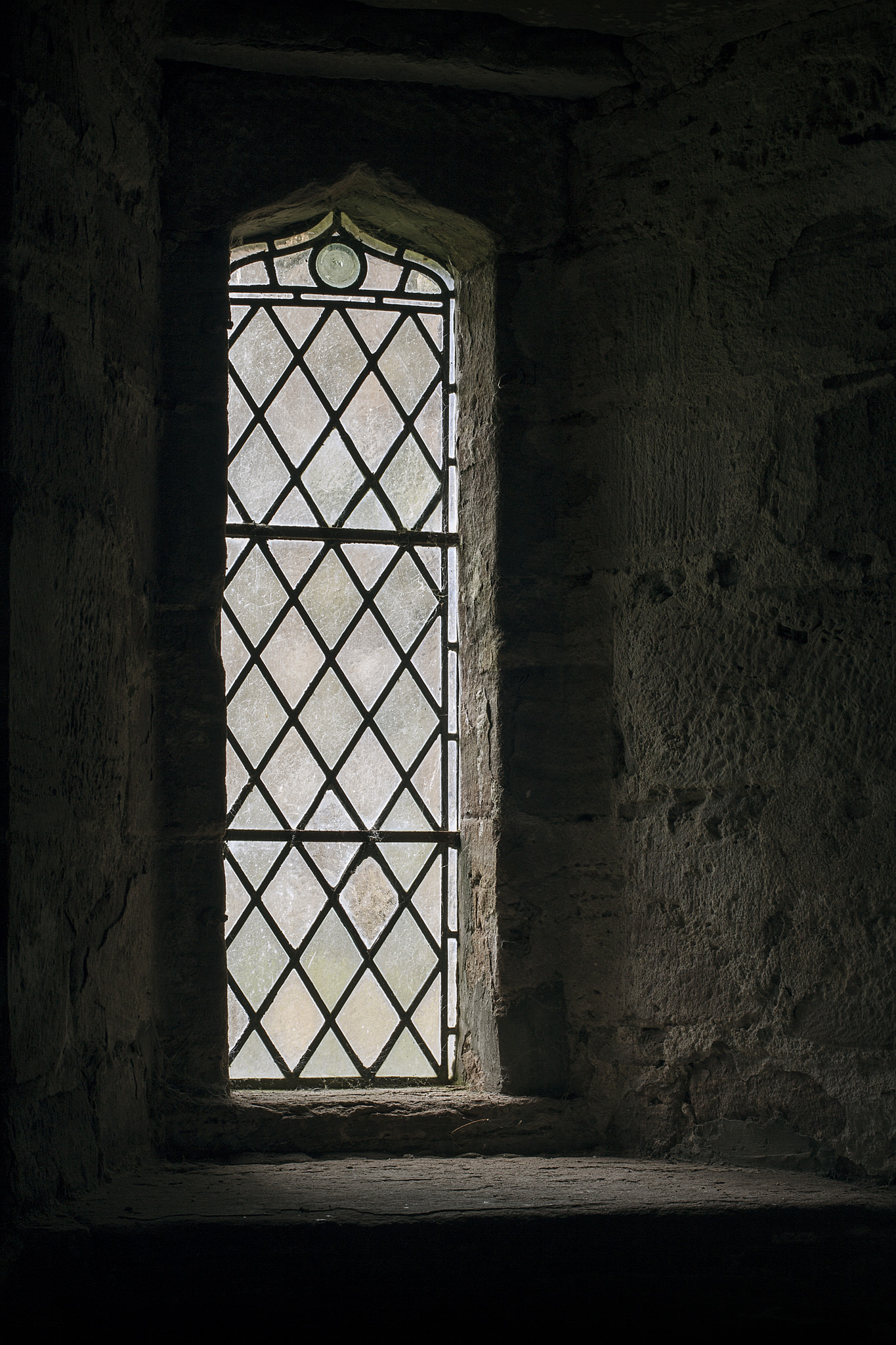Tullibardine Chapel, Scotland

Tullibardine Chapel was built by the Murray family in the 15th Century. Sir David Murray of Tullibardine was its benefactor, he was also an ancestor of the Earls of Atholl. Murray had the church built near his home at Tullibardine Castle, which was sadly demolished in the 19th Century.
Sir David’s grandson, Sir Andrew Murray, enlarged the chapel at Tullibardine around 1500, adding a bell tower and transepts to the north and south, creating the cross-shaped layout.
Tullibardine was a private family church of the Murrays until the Protestant Reformation of 1560. It remained the family’s burial place into the 20th Century.
Tullibardine stands today almost unaltered since 1500 and is one of the few medieval churches to have survived the Reformation unchanged. Its not just the church that appears unaltered here but it’s setting, isolated and undisturbed, it is also a rare survivor. We almost never get to appreciate medieval buildings in their original surroundings and this only adds to Tullibardine’s charm.
Worship ceased at Tullibardine after the 1715 Jacobite Rising but family burials continued so the church was maintained. In 1740 the baby daughter of Lord George Murray was buried in the church after succumbing to smallpox. Lord George was an adviser to Bonnie Prince Charlie in the 1745 rebellion and was forced into exile after the Battle of Culloden. His brother William, Marquess of Tullibardine, was also active in the uprisings and was arrested in 1746, he died in the Tower of London.
Tullibardine church was used as a filming location in the second season of Outlander, a tv series based on the novels by Diana Gabaldon. A fitting location for a series which depicts the Battle of Culloden.
Tallibardine Chapel is now in the care of Historic Scotland and is open to the public.




